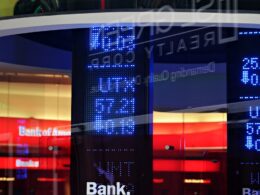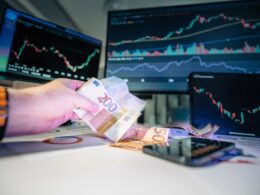From Barter to Commodity Money
Of course, the money itself has its history that dates back a couple of thousands of years. Early societies relied on the bartering system whereby direct delivery of the goods and services was directly available. However, the method presents its limitations in the sense that both parties must want what the other can offer. To address these challenges, the respective civilizations began employing commodity money-items of intrinsic value, such as salt, shells, and livestock.
The Emergence of Standardized Coins
The very first standardized coin was actually a rather alloy of electrum, appearing in the 7th century in Lydia. In its turn, it also improved the mechanism of exchange so much, providing a standard medium of exchange instead of commodities, which was much more manageable to be transported.
The Introduction of Paper Money
Paper money emerged first in China during the 11th century CE. Initially, it began as receipts merchants issued for transaction purposes and was later developed into state-issued currency. From this grew the modern monetary system.
What brings value to currency?
Currency derives its value from a few key sources:
- Intrinsic Value: Some currencies, like gold and silver coins, have inherent worth due to their material composition.
- Government Backing: Most modern currencies are fiat currencies, meaning their value is not tied to physical commodities but rather relies on the trust and authority of the issuing government. This backing instills stability and confidence in the currency’s worth.
- Supply and Demand Dynamics: Currency value can fluctuate based on market demand and supply, influenced by economic factors such as inflation rates, interest rates, and geopolitical stability.
Changes in Value of the Currency Post-1971.
The Bretton Woods System
Prior to 1971, the world economy operated on the Bretton Woods system under which the currencies were pegged to the US dollar convertible to gold at fixed prices. This system lent stability but at the cost of little flexibility of monetary policies in the various countries.
Nixon’s Declaration
This was consequently terminated by President Richard Nixon suspension of dollar convertibility into gold in August 1971. Then it becomes fiat currency system wherein currencies float against one another and depends on the forces of the market, rather than being tied to gold reserve.
Post-1971 Volatility
After 1971, currencies are much less stable and express a state of economic condition than any pre-set value. It results in fluctuations that affect global trade and investment strategies.
Cash vs. Currency: Understanding the Difference
Although “cash” and “currency” are often used interchangeably, they have somewhat different meanings:
Currency Any medium of exchange accepted for goods and services. It encompasses the physical forms, such as coins and banknotes, while the electronic forms are bank deposits.
Direct transactions incorporate cash, which is referred to as money in the physical coin and money note forms. Cash is referred to a form of physical currency, and not digital or electronic money.
As the difference is quite important to know when carrying out well the act of leading financial transactions well, restructuring the content with engrossing headings and more vivid sections will help your readers trace it easily while having a better insight into the currency world.
Thanks for reading! Keep exploring alloftop.com for the latest in tech, science, business, lifestyle, and beyond. Stay informed with us, and always be ahead of the curve!











